Tatarstan-2050 Strategy: huge population growth and construction boom around Kazan
Key challenges and digital architecture required for project implementation
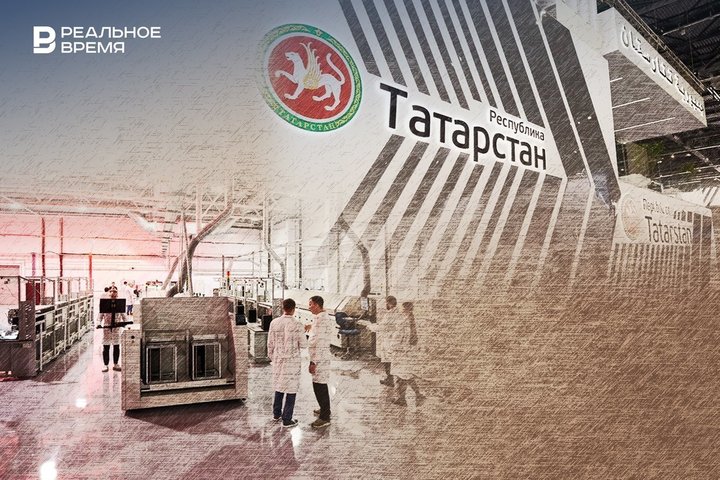
The rapidly growing Kazan agglomeration will double its residential development volumes in a quarter of a century — to 103.1 million square metres, and its population will grow by a third — to 2.2 million people. 1,200 km of roads will be built and renovated in the area, including 103 km of federal highways, and new facilities will be launched, such as a metro to Kuyuki or a tram to Zelenodolsk. The impressive scope is spelled out in the master plan of the Kazan agglomeration — a fundamental element of the Strategy for the Socio-Economic Development of the republic until 2050. In his column for Realnoe Vremya, digital economist Ravil Akhtyamov analyzes the key challenges and digital architecture that will be required to implement these plans.
Kazan agglomeration — the first approved vector
The document sets ambitious targets for the capital region. The population of the agglomeration, which includes Kazan and five adjacent districts, should grow from 1.7 million people to 2.2 million by 2050, which means an increase of 30.5%.
Kazan plans to increase to 1.5 million residents (+19.2%). The most impressive growth is predicted in Laishevo (+122%, up to 148,900 residents), Verkhny Uslon (+260%, up to 62,700) and Zelenodolsk (+49%, up to 252,700) districts.
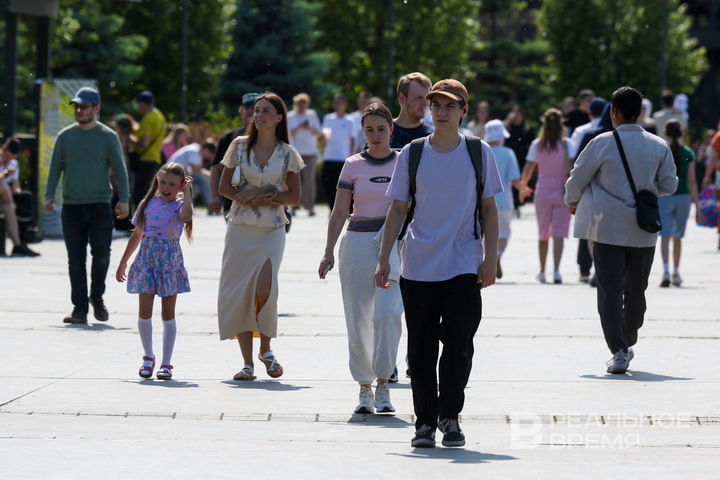
In the economic sector, the key goals are to create 1.28 million new jobs (of which almost 70% in Kazan) and increase the housing stock to 103.1 million square metres. For example, in Laishevo District alone, the number of jobs should increase 4.2 times, to 91,200. These indicators demonstrate a course for balanced territorial development, unloading the capital through the growth of suburban areas and stimulating migration through the creation of economic opportunities.
Achieved results as a basis for future achievements
The scale of the upcoming tasks is emphasized by the investment benchmark of the previous strategy — 16 trillion rubles for the period 2016-2030. The volume of investments achieved in 2024 confirms the potential of the republic to attract resources. Investments in fixed assets in 2024 increased by 12% compared to the previous year, to 1.4 trillion rubles. Gross regional product exceeded 5.2 trillion rubles for the first time. Based on the Kazan agglomeration scheme, the key areas of the entire Tatarstan-2050 Strategy are forecast: balanced territorial development, massive infrastructure investments, active demographic policy and effective implementation management.
The success of the strategy will depend on the synchronization of the Kazan agglomeration development model with projects for other key centres of the republic — the agglomerations of Naberezhnye Chelny and Almetyevsk, as well as on attracting investments comparable to the Strategy-2030.
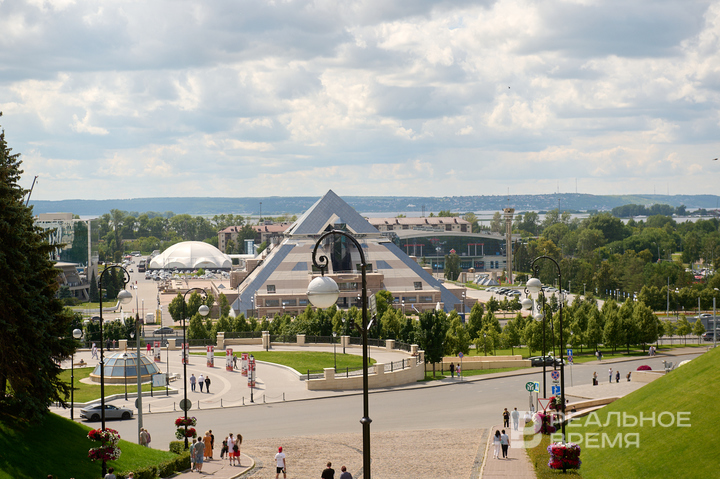
Structural foundations of the future
The proposed structure of the Tatarstan-2050 Strategy is based on a clear mission and vision. The mission is to create a globally competitive, technologically advanced and socially balanced republic with a high quality of life. Tatarstan is positioned as a sustainable Eurasian hub in innovation, “green” economy and human capital development, with dynamic agglomerations, smart rural economy and unique cultural heritage, complemented by recognized university clusters. Five key principles guide development: human-centricity, technological sovereignty, environmental sustainability, spatial equality, openness and partnership.
Strategic guidelines and implementation mechanisms
The development strategy of the Republic of Tatarstan until 2050 should set measurable goals in five key areas.
1. Economy and innovation
Current situation. We occupy third place among the subjects of the Russian Federation in the integral rating of socio-economic development. GRP per capita in 2024 — 1.3 million rubles. (~$15,000 PPP), total GRP — 5.2 trillion rubles.
Objectives:
- Achieve leadership among Russian regions in GRP per capita ($50,000 PPP).
- Increase the share of high-tech sectors in GRP to over 40% (focus on reducing dependence on raw materials exports).
- Ensure that two technical universities (e.g. KFU, KAI) are included in the top 200 world rankings.
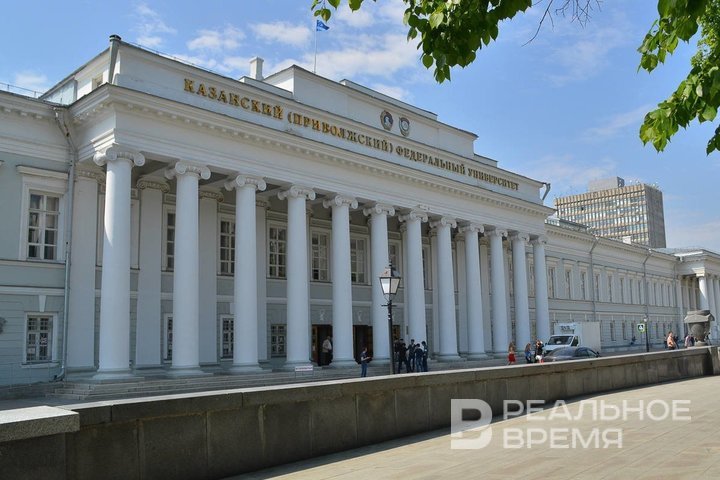
2. Human capital
Current situation. Ratio of income to subsistence minimum — 4.7 (2024); unemployment — 1.8% (historical minimum); migration growth +0.5% over 3 years.
Objectives:
- To enter the top 3 regions of Russia according to the Human Development Index (HDI).
- Achieve a life expectancy of 80+ years, a share of the population with higher education of 45%+ (currently 21.4%), and an annual migration increase of 0.8%.
- Ensure universal access to quality education and healthcare.
3. Space development
Current situation. Population — 4.02 million people (2025); Kazan is the core of the agglomeration, Alabuga and Innopolis special economic zones are operating.
Objectives:
- Create three globally competitive agglomerations (Kazan, Naberezhnye Chelny, Almetyevsk) and 10 intelligent rural clusters.
- Increase the share of the population in agglomerations to 75%+ (currently ~60% in large cities).
- Increase labour productivity in the agro-industrial complex three times with 100% coverage of the territory by 5G/6G communications.
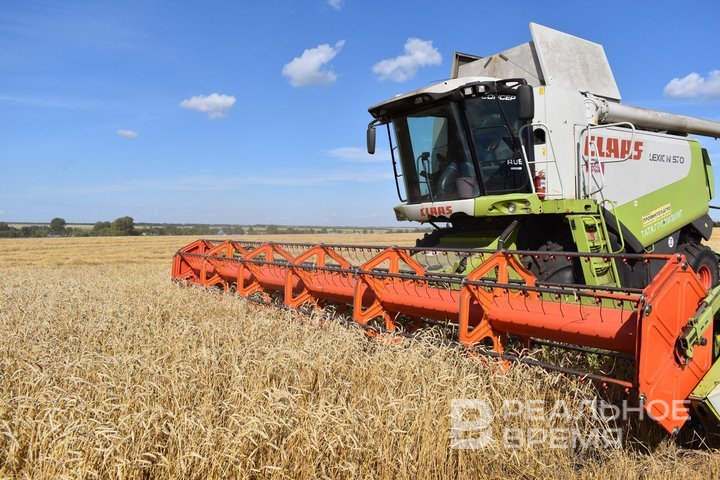
4. Environmental sustainability
Current situation. Industrial growth is accompanied by environmental risks (oil production, chemical production).
Objectives:
- Achieve carbon neutrality and eliminate pollution of water bodies.
- Increase the share of renewable energy sources in the energy balance to 35%+, waste recycling — to 95%+, forest restoration — to 200% of the deforestation volume.
5. Cultural identity
Current situation: Kazan is a cultural centre with a UNESCO site (the Kremlin), tourist flow — ~3 million people/year (estimate by analogy with 2020-2023).
Objecitves:
- Strengthen the position of the Tatar language on the Russian Internet (10%+ of content).
- Enter the top 5 cultural destinations of Russia with a tourist flow of 15+ million people/year.
- Increase the number of UNESCO sites to five.
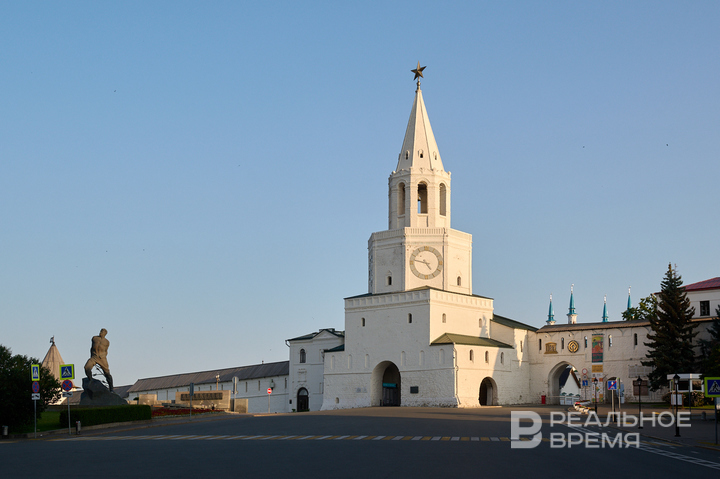
Key challenges
- Economy. Low diversification of the tax base (26.6% of budget revenues — from 10 largest companies).
- Demographics. Shortage of personnel (unemployment 1.8%) and natural population decline.
- Implementation. Dependence on federal transfers (61% of capital expenditures).
The strategy is based on current strengths — investments (25.2% of GRP), developed industry, low unemployment — but requires overcoming structural constraints. The priority is the transition from a raw materials model to a technological economy and quality of life.
Instruments for achieving the goals of the strategy. To achieve these goals, the following major initiatives are proposed:
Creation of a distributed network of research centres focused on deep technologies, with an accelerator for 500+ startups annually and a venture fund of $1 billion.
Development of a pilot eco-city in the Zelenodolsk/Laishevo district (design capacity — 300 thousand residents) with a zero carbon footprint, an autonomous energy system and management based on artificial intelligence.
Transformation of five rural areas into centres for the development of precision farming and biotechnology technologies.
Implementation of a programme for the digitalization of the Tatar language and culture, including the development of automatic translation tools, the creation of virtual museums and support for digital content.
Modernization of industry (Nizhnekamsk, Naberezhnye Chelny) through the construction of large enterprises for the processing of waste into building materials and the production of hydrogen.
University system as an integration platform
A special role is given to the development of higher education as a system-forming element of the strategy. The key goal is to create three internationally recognized university clusters (Kazan, Innopolis, Naberezhnye Chelny) and position the republic as a centre for knowledge transfer in Eurasia.
Success indicators include: the presence of five or more universities in subject world rankings, the involvement of 70%+ students in real sector projects, the share of hybrid/online programmes with international participation — 30%+, the share of educational services exports in GRP — 3%+, the attraction of 50 thousand foreign students and 15%+ foreign faculty. The implementation involves a transition from the model of branches of foreign universities to network partnerships with top-200 universities, the launch of a multilingual online platform with massive open courses (similar to developing global ed-tech platforms) and the creation of applied laboratories on campuses.
Educational programmes will be directly integrated with the key projects of the strategy: the eco-city will become a platform for student developments, and the agro— and biotechnological initiative will be implemented in partnership with leading agricultural universities.
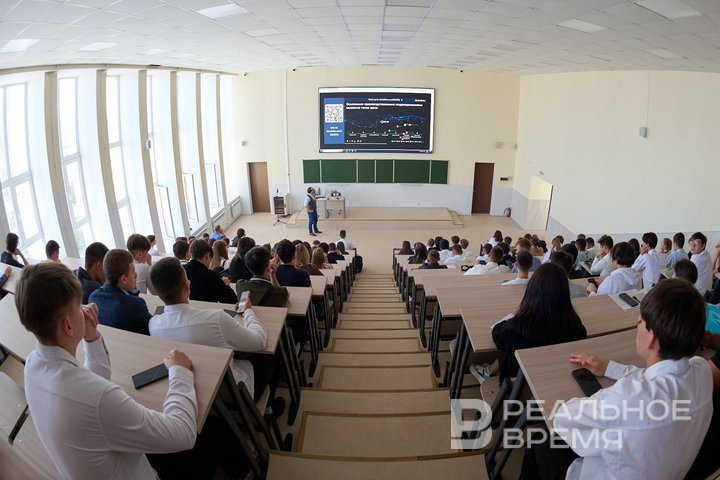
Institutional and infrastructural conditions
Ensuring the implementation of the strategy requires centralized management and financing. The first includes the creation of a specialized headquarters under the republic's raisa. The second — the issue of “green” bonds, the formation of the Future Generations Fund (planning 5% of the budget's oil and gas revenues), the creation of a venture fund for educational technologies ($100+ million), the participation of regional financial institutions in the creation of BRICS digital payment instruments (deposit tokens and stablecoins) secured by deposits in a basket of BRICS currencies. In addition, other conditions are required:
Introduction of the digital ruble in key sectors:
- Social payments. Introduction of the digital ruble for the payment of child benefits, pensions and other social payments. The use of smart contracts to control the targeted use of funds (for example, a ban on the purchase of alcohol and tobacco).
- Agriculture. Targeted financing of agricultural enterprises through the digital ruble with automatic control of expenses on the purchase of seeds, fertilizers and equipment.
- Construction. Using the digital ruble to finance construction projects with automatic verification of the completion of work stages through integration with public procurement registries.
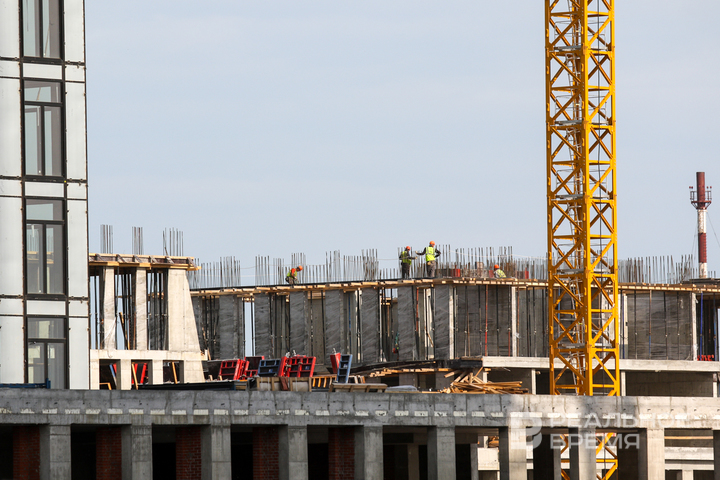
Monitoring. Deployment of a digital twin of the strategy using blockchain to track KPIs.
HR policy. Management training programmes (1,000 people/year) and attracting international scientists, annual training of 1,000 specialists in the internationalization of education.
Regulatory support. Adoption of the law on strategic development until 2050 and simplification of visa procedures for academic mobility (taking into account the risks of bureaucratic barriers identified by international experience).
The implementation is divided into stages: institutional preparation (2025-2030), project scaling (2031-2040), and achieving goals (2041-2050). Risk management includes monitoring partnerships through a digital twin, quality assurance (publication of faculty profiles), and preventing monocentrism (development of clusters in Naberezhnye Chelny and Almetyevsk).
Critical success factors are the flexibility of the strategy, citizen involvement and synergy with federal projects. The total funding is estimated at 16 trillion rubles, which is comparable to the Strategy-2030. The Tatarstan-2050 strategy is aimed at creating a model of the future for multi-ethnic regions, where technological progress serves to strengthen cultural identity.
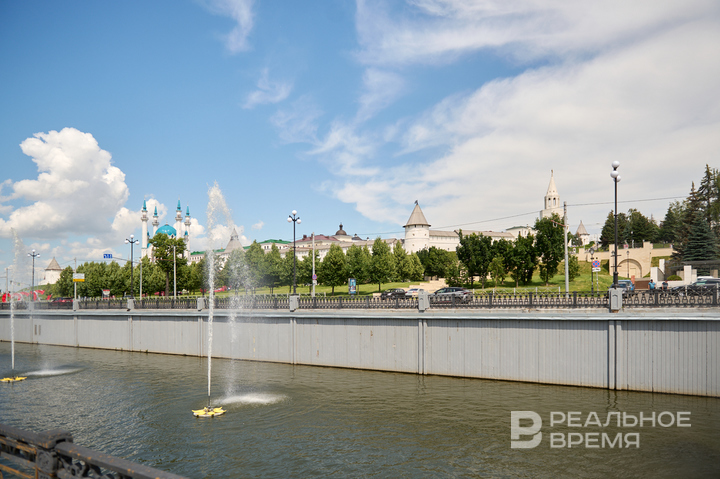
Education as the basis for digital transformation
The educational platform project, which provides for the transition to network partnerships with universities in BRICS countries, is considered a key element of the strategy's personnel and innovation support. Its components include:
- Joint educational programmes with leading global universities (top 200) in priority areas for the republic (Green Energy, AI for the Agro-Industrial Complex, Digital Linguistics).
- An online learning platform with courses in Russian, Tatar and English and the issuance of micro-diplomas in relevant areas (composites, hydrogen energy, urban studies).
- Creation of dual-use laboratories (for example, the Composites Centre based at Kazan Aviation Institute), integrated with real projects (an eco-city as a testing ground for student solutions).
- Objectives: 5+ universities to enter world rankings, attract 50,000+ foreign students, share of hybrid programmes — 30%.
The successful implementation of the large-scale development strategy of the Republic of Tatarstan until 2050 directly depends on overcoming the existing digital gaps in data management. Fragmentation of information systems, lack of predictive analytics and personnel imbalance represent serious systemic risks.
The proposed measures — the creation of a single data space (Data Factory), the introduction of predictive AI project management tools, the development of a competency verification system on the blockchain and a deep transformation of the educational system — are aimed at forming the “digital spine” of the strategy. The priority steps, including the creation of the Centre for Digital Strategy Monitoring, are designed to lay the practical foundation for the transition from reactive to predictive management. Effective integration of data and digital technologies will become a critical factor allowing the republic to synchronize the development of the economy, human capital, spatial environment, ecology and cultural identity within the framework of a single roadmap until 2050.